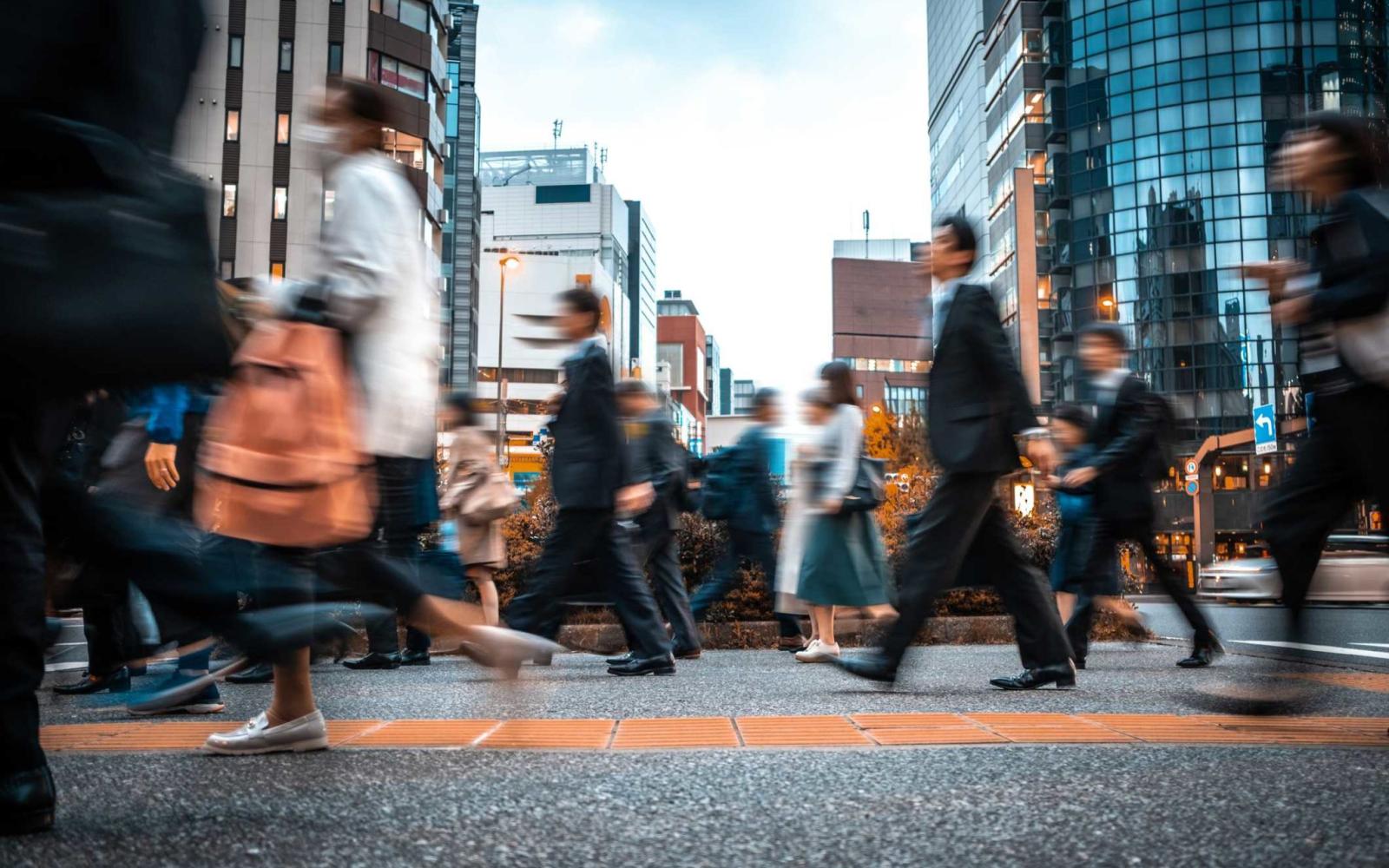Transforming Retail and Restaurant Environments in the Age of Labor Shortages
As if the COVID-19 pandemic alone weren’t enough to disrupt the retail and restaurant industries, the unexpected ancillary labor shortages in the United States have presented a new wave of unique challenges for business owners.

As if the COVID-19 pandemic alone weren’t enough to disrupt the retail and restaurant industries, the unexpected ancillary labor shortages in the United States have presented a new wave of unique challenges for business owners. The National Retail Federation projects that sales in November & December 2021 will rise roughly $850 billion – a nearly 10% increase from the previous year. At the same time, 4.4 million people quit their jobs in September of 2021 alone, according to the Bureau of Labor Statistics. ‘The Great Resignation’ is affecting almost every industry in the United States – but is especially painful for retail and restaurants.
Some have predicted that these labor shortages, coupled with growth in online transactions, spells doom for the future of physical commerce. This could not be further from the truth. Labor shortages will not kill off retail locations and restaurants, but instead will force a massive evolution in approach to physical spaces. Business owners will need to quickly adapt to these changing market forces with dynamic new approaches:
- Omnichannel Expansion. Whether it’s double drive-thru, branded ordering kiosks, ‘bricks to clicks’ storefronts, automated or curbside pickups, there are a wide variety of tools to bring customers to your location. It is paramount that your brand identity is reflected in all aspects of physical interaction with your brand. Every innovation should look and feel like YOU.
- Brand environments targeted at employees. Traditionally, most branded environment development was highly focused on the customer. Given the dynamics of the labor market, however, it is critical to also focus on creating quality environments for staff. Branded environments that also focus on the employee will maximize both hiring potential and retention. This means higher quality ‘behind the counter’ design – from breakrooms to warehouses. These environments should have continuity with front of house design, all additions and modifications should be heavily branded to ensure lasting positive sentiment towards the brand by employees.
- Invest in Unique and Differentiated Customer Experiences. Shoppers and diners are craving experiences as much as products in a post Covid world. According to a survey by PwC 75% of shoppers say customer experience is more important than price and product quality. While the experiences will differ greatly depending on brand – engaging with an expert will be critical in shaping an outstanding and special in-store/restaurant experience.
- Efficiency in Space. As restaurants and retailers begin to open new locations, there is a strong trend towards, smaller and more compact spaces. Popular fast food brands like Wendy’s and Taco Bell have begun building much smaller ‘boutique’ locations, with greater emphasis on pickup and drive-thru. Traditional mall retailers like Macy’s are exploring much smaller standalone locations. This ‘tiny house’ approach requires maximum creativity in brand environment design and execution, as smaller footprints must appear to be more attractive while maintaining brand identity.
While changes to both the retail and restaurant industries are certainly jarring, they also present a unique opportunity. Brands that are focused on evolving, to meet rapidly changing consumer AND employee demands will have a distinct advantage over their competitors. While online sales will continue to climb, there will always be a demand for in-person interactions with both food and products – which will only increase as we near the end of the Covid-19 pandemic. Embracing innovation, creating high quality physical spaces and designing unique brand experiences are the keys for long term success in these uncertain times.



